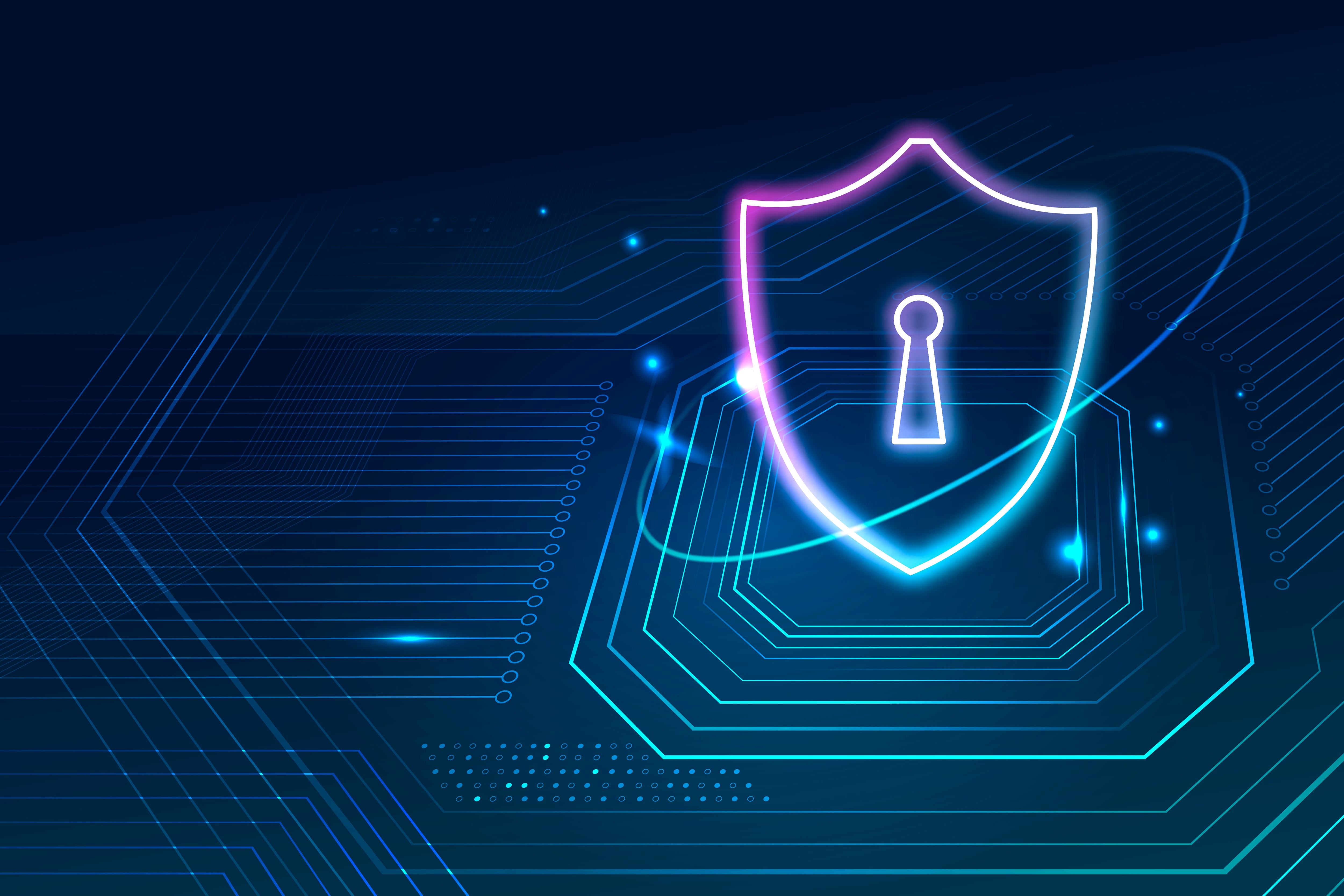Top 10 UK Cybersecurity Threats of 2023

Cybersecurity threats are a constant concern in the digital age, and they continue to evolve as technology advances. These threats can have serious consequences for individuals, businesses, and even governments.
The UK, with its technological advancements, has experienced its share of cyber-attacks. Each incident unfolds as a stern reminder of the importance of robust cybersecurity measures. The incidents didn't just incur substantial financial loss to the institutions but also took a toll on their reputation.
Such cyber incidents echo far beyond the targeted entities, affecting the wider digital ecosystem. They accentuate the need for enhanced cyber hygiene and the pivotal role of cybersecurity professionals in guarding our digital frontier.
Here we share 10 emerging threats of 2023 by Aspire Technology Solution, highlighting real-world incidents from the UK to paint a clearer picture of the cyber landscape.
1. Phishing Attacks:
- Phishing attacks involve sending deceptive emails or messages that appear to be from legitimate sources to trick individuals into revealing personal information, such as login credentials or credit card details.
- A UK-based retail giant recently fell victim to a sophisticated phishing attack, leading to a data breach affecting thousands of customers.
- Awareness training, employing advanced email filtering systems, and regular communications on the latest phishing tactics can significantly mitigate the risks.
2. Ransomware Attacks:
- Ransomware is a type of malware that encrypts a victim's files, making them inaccessible. Attackers then demand a ransom in exchange for the decryption key, often in cryptocurrency.
- A renowned healthcare provider in the UK faced a ransomware attack, crippling its operations and delaying critical patient care.
- Regular data backups, employing up-to-date security software, and educating employees on recognizing potential threats can help thwart ransomware attacks.
3. Supply Chain Attacks:
- These attacks target vulnerabilities within the supply chain, exploiting trusted relationships between companies.
- A prominent UK technology firm suffered a supply chain attack, impacting its business operations and those of its clients.
- Rigorous vetting of suppliers, enhancing network visibility, and employing robust security protocols can help safeguard against supply chain attacks.
4. Cloud Security Breaches:
- As organizations increasingly migrate to the cloud, security breaches involving cloud infrastructures are on the rise.
- A notable cloud service provider in the UK recently experienced a breach, exposing sensitive customer data.
- Implementing robust access controls, monitoring cloud environments, and encrypting sensitive data are pivotal steps towards safeguarding cloud infrastructures.
5. IoT (Internet of Things) Attacks:
- Internet of Things (IoT) devices can be vulnerable to attacks, as many lack robust security features. Compromised IoT devices can be used to gain access to networks or launch attacks.
- A smart home system in a UK residential community was compromised, allowing unauthorized control over home appliances.
- Changing default passwords, regularly updating firmware, and employing network segmentation can help mitigate IoT-related risks.
6. Insider Threats:
- Insider threats can come from employees, contractors, or other trusted individuals within an organization who misuse their access privileges to steal data or harm the organization.
- A disgruntled employee at a UK-based company leaked confidential information to competitors, causing a significant business setback.
- Conducting regular security training, monitoring data access, and implementing strict access controls can help deter insider threats.
7. AI (Artificial Intelligence) Exploitation:
- The misuse of AI technologies can facilitate more sophisticated cyber-attacks.
- Cyber adversaries employed AI to automate phishing attempts, significantly increasing the scale of a phishing campaign against UK businesses.
- Staying updated on AI security developments, employing AI-based security solutions, and promoting ethical AI usage are crucial steps towards mitigation.
8. Mobile Malware:
- Mobile devices are not exempt from cybersecurity threats, with mobile malware being a persistent issue.
- A new strain of mobile malware was discovered, targeting banking applications of UK mobile users.
- Installing security applications, avoiding downloads from untrusted sources, and keeping the operating system updated are key preventive measures.
9. Misconfigurations:
- Simple misconfigurations can lead to significant security breaches.
- Due to a misconfiguration, a UK organization inadvertently exposed sensitive customer data.
- Regular system audits, automated configuration monitoring, and employing configuration management tools can help avoid such breaches.
10. Social Engineering Attacks:
- Manipulating individuals into divulging confidential information or performing specific actions is a growing concern.
- A UK executive was tricked into transferring funds to a fraudulent account through a convincing social engineering scheme.
- Employee education, regular security awareness training, and verifying unusual requests are crucial steps in mitigating social engineering attacks.

Cybersecurity prevention and mitigation are critical for businesses to protect their sensitive data, systems, and reputation. To prevent and mitigate cybersecurity threats is important invest in cybersecurity awareness training for all employees, restrict employees' access to only the data and systems necessary for their roles, keep software, operating systems, and security applications up to date with the latest patches and updates. All the companies need to enforce strong password policies and consider using multi-factor authentication (MFA) to enhance login security, perform regular data backups, and ensure that backups are stored securely and offline to prevent ransomware attacks.
Mitigation Strategies:
- Incident Response: When a cybersecurity incident occurs, respond quickly and effectively following your incident response plan. Contain the breach, mitigate damage, and recover data.
- Isolation: If an infected device is detected, isolate it from the network to prevent the spread of malware or malicious activity.
- Forensics Analysis: Conduct a post-incident forensic analysis to understand how the breach occurred, what data was compromised, and how to prevent future incidents.
- Communication: Communicate with affected parties, such as customers and partners, transparently and promptly. Inform them of the situation and the steps being taken to address it.
- Legal and Compliance: Comply with data breach notification laws and regulations that may apply to your business. Report the breach to the appropriate authorities when required.
- Patch Management: Update and patch affected systems to close vulnerabilities that may have been exploited during the incident.
- Backups and Recovery: Use backups to restore affected systems and data. Ensure that recovery processes are secure and regularly tested.
- Third-Party Security: Review the security practices of third-party vendors and service providers. Ensure they adhere to the same cybersecurity standards you expect from your organization.
- Employee Education: After an incident, reinforce security awareness and provide additional training to employees based on the lessons learned.
- Continuous Improvement: Use the knowledge gained from incidents to improve your cybersecurity measures continually. Update policies, procedures, and security controls to stay ahead of evolving threats.
READ FULL ARTICLE HERE